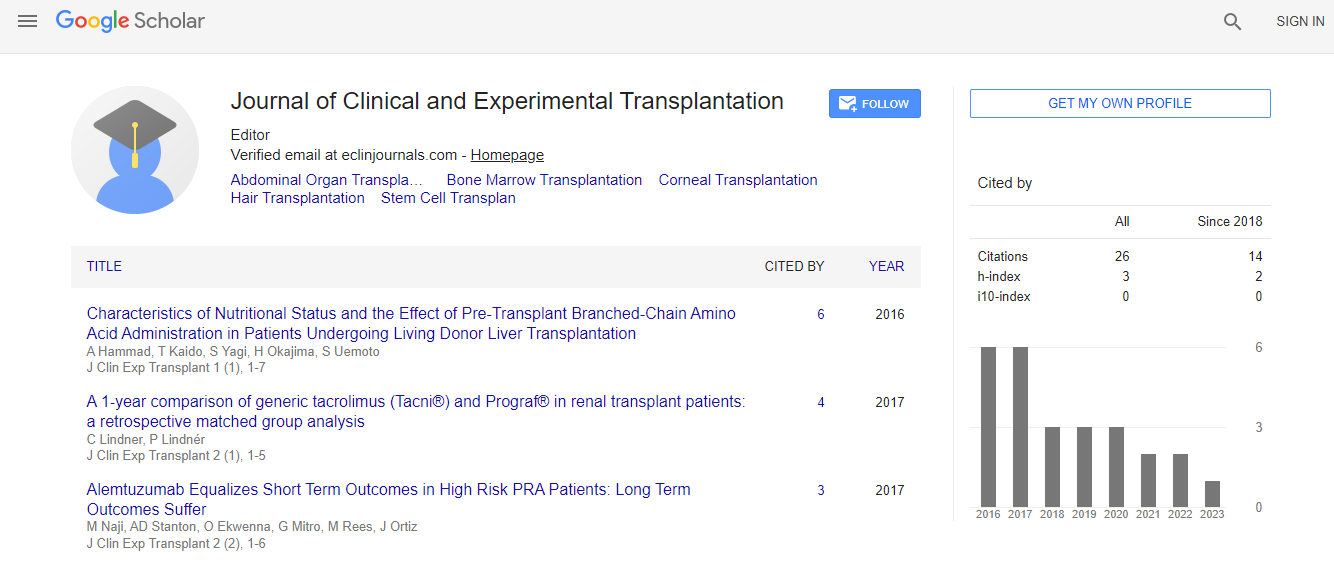Editorial
Robotic Assisted Kidney Transplant, Reserved for the Deserved
*Corresponding Author: Ramesh K Batra, Assistant Professor of Surgery, Yale School of Medicine, Yale New Haven Transplant Center, New Haven, CT, USA, Email: drrkbatra@gmail.comReceived Date: Feb 28, 2018 / Accepted Date: Mar 02, 2018 / Published Date: Mar 05, 2018
Citation: Batra RK, Mulligan DC, Kulkarni S, Bhati CS (2018) Robotic Assisted Kidney Transplant, Reserved for the Deserved. J Clin Exp Transplant 3:E104.DOI: 10.4172/2475-7640.1000E104
Copyright: © 2018 Batra RK, et al. This is an open-access article distributed under the terms of the Creative Commons Attribution License, which permits unrestricted use, distribution, and reproduction in any medium, provided the original author and source are credited.
Abstract
Robotic assisted kidney transplant is the latest technical milestone in kidney transplant surgery. But, unlike other minimal invasive surgery, robotic kidney transplant has been slow to gain popularity despite the ergonomic advantage and lower wound complications, due to the costs involved, therefore questioning its true need in transplant surgery. Clearly the indications of robotic assisted kidney transplant are unclear, further debating its utility. Obesity in kidney transplant has been steadily growing, in accordance with the rising obesity rates worldwide. Obesity leads to poor outcomes after any general surgical procedure due to the higher incidence of complications, and subsequently, negatively impacts graft and patient survival after a kidney transplant. Therefore, some of obese patients can significantly benefit with a robotic kidney transplant and therefore justify its utility and cost. Robotic kidney transplant is not here to replace the open conventional surgery, but rather act as an alternative tool, reserved to benefit certain patients only.

 Spanish
Spanish  Chinese
Chinese  Russian
Russian  German
German  French
French  Japanese
Japanese  Portuguese
Portuguese  Hindi
Hindi 
